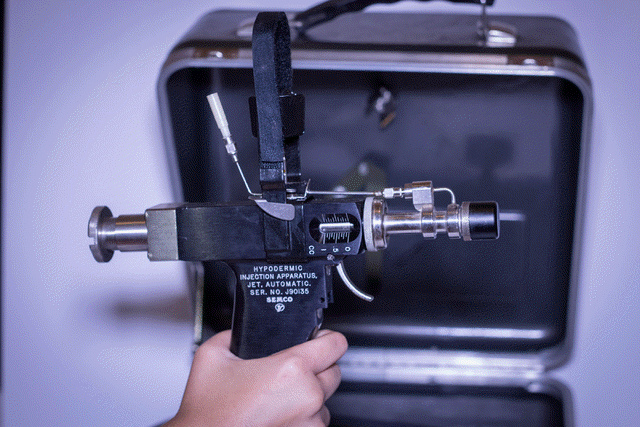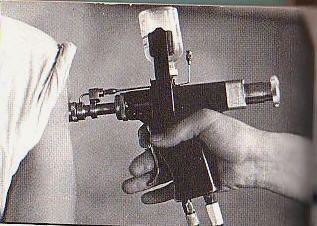|
|
||||||||||||||||||||||||||||||||||
|
|
||||||||||||||||||||||||||||||||||
|
Conclusions: One in
4 chronic hepatitis
C patients who start
interferon and
ribavirin treatment
will develop an
induced major
depressive episode.
Interferon-Induced
Depression in
Chronic Hepatitis C:
A Systematic Review
and Meta-Analysis
Marc Udina, MD; Pere Castellví, PhD; José Moreno-España, MD; Ricard Navinés, MD, PhD; Manuel Valdés, MD, PhD; Xavier Forns, MD, PhD; Klaus Langohr, PhD; Ricard Solà, MD, PhD; Eduard Vieta, MD, PhD; and Rocío Martín-Santos, MD, PhD J Clin Psychiatry 2012;73(8):1128-1138 10.4088/JCP.12r07694 Copyright 2012 Physicians Postgraduate Press, Inc. Objective: To carry out a systematic review of the risk factors for, and incidence of, major depressive episode (MDE) related to antiviral therapy for chronic hepatitis C. Data Sources: The MEDLINE, PsycINFO, and Cochrane databases were searched to locate articles published from the earliest available online year until June 2011 using the keywords hepatitis C, interferon-alpha,peginterferon, pegylated interferon, depression, and mood and Boolean operators. Articles written in English, Spanish, and French were included. Study
Selection:
Prospective studies
reporting incidence
of
interferon-alpha–induced
MDE were included.
At baseline,
patients did not
present a DSM-IV/ICD
depressive episode,
and evaluation was
performed by a
trained clinician.
Twenty-six
observational
studies met the
inclusion criteria.
Data Extraction: Extracted data included authors, year of publication, design, characteristics of the population, viral coinfection, adjunctive psychopharmacology, instruments to assess depression, dose and type of interferon-alpha, adjunctive ribavirin treatment, and follow-up time. Outcome of incidence of MDE (primary outcome measure) was abstracted, as were potential predictive variables. Data Synthesis: A full review was performed. Meta-analysis of the cumulative incidence of induced MDE as a function of time was carried out. Odds ratios (ORs) and mean differences were used to estimate the strength of association of variables. Results: Overall cumulative incidence of depression was 0.25 (95% CI, 0.16 to 0.35) and 0.28 (95% CI, 0.17 to 0.42) at 24 and 48 weeks of treatment, respectively. According to our analysis, high baseline levels of interleukin 6 (mean difference=1.81; 95% CI, 1.09 to 2.52), female gender (OR=1.40; 95% CI, 1.02 to 1.91), history of MDE (OR=3.96; 95% CI, 2.52 to 6.21), history of psychiatric disorder (OR=3.18; 95% CI, 1.60 to 6.32), subthreshold depressive symptoms (mean difference=0.96; 95% CI, 0.31 to 1.61), and low educational level (mean difference=−0.99; 95% CI, –1.59 to −0.39) were predictive variables of MDE during antiviral treatment. Conclusions: One in 4 chronic hepatitis C patients who start interferon and ribavirin treatment will develop an induced major depressive episode. Clinicians should attempt a full evaluation of patients before starting antiviral treatment in order to identify those at risk of developing interferon-induced depression. J Clin Psychiatry 2012;73(8):1128–1138 © Copyright 2012 Physicians Postgraduate Press, Inc. Submitted: February 2, 2012; accepted March 28, 2012 (doi:10.4088/JCP.12r07694). Corresponding author: Rocío Martín-Santos, MD, PhD, Clinical Institute of Neuroscience, Hospital Clínic, IDIBAPS, CIBERSAM, Barcelona, Catalonia, Spain, Villarroel, 170, 08036-Barcelona (rmsantos@clinic.ub.es). |
|
|
|
|
|





